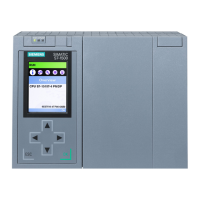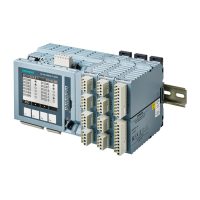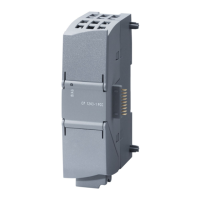Supplementary information
16.10 Communication via fault-tolerant S7 connections
CPU 410-5H Process Automation/CPU 410 SMART
System Manual, 10/2013, A5E32631667-AA
251
You decide during configuration if the additional CPs are used to increase resources or
availability. This configuration is typically used to increase availability.
Note
Internal and external interface
Communica
tion between fault-tolerant systems may only take place between internal
interfaces or external interfaces (CP).
Communication between internal interface and CP is
With a duplex optic-fiber ring, only a double error within a fault-tolerant system, e.g., CPUa1
and CPa2 in one system, leads to total failure of communication between the systems
involved (see Figure 11-14).
If a double error, e.g., CPUa1 and CPb2, occurs in the first case of a redundant electrical
bus system (see Figure 11-15), this results in a total failure of communication between the
systems involved.
In the case of a redundant electrical bus system with CP redundancy (see Figure 11-16),
only a double error within a fault-tolerant system, e.g., CPUa1 and CPa2, or a triple error,
e.g., CPUa1, CPa22, and bus2, will result in a total failure of communication between the
systems involved.
Fault-tolerant S7 connections
Any disruption of subconnections while communication jobs are active over fault-tolerant S7
connections leads to extended delay times.
Communication between fault-tolerant systems and a fault-tolerant CPU
Availability
Availability can be enhanced by using a redundant plant bus and by using a fault-tolerant
CPU in a standard system.
If the communication peer is a fault-tolerant CPU, redundant connections can also be
configured, in contrast to systems with a standard CPU.

